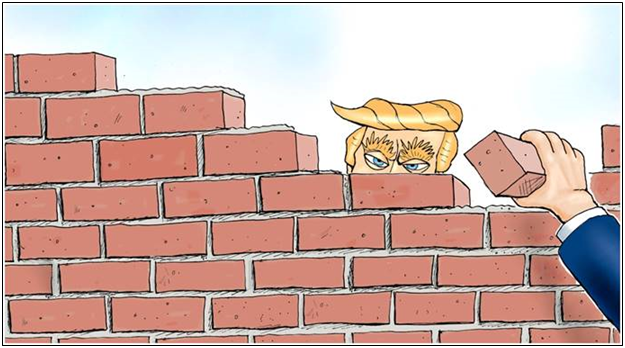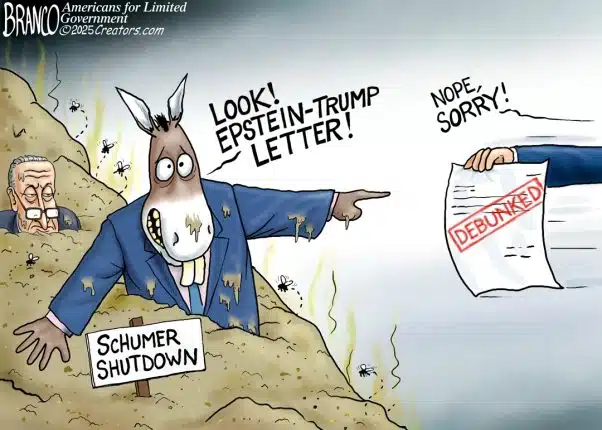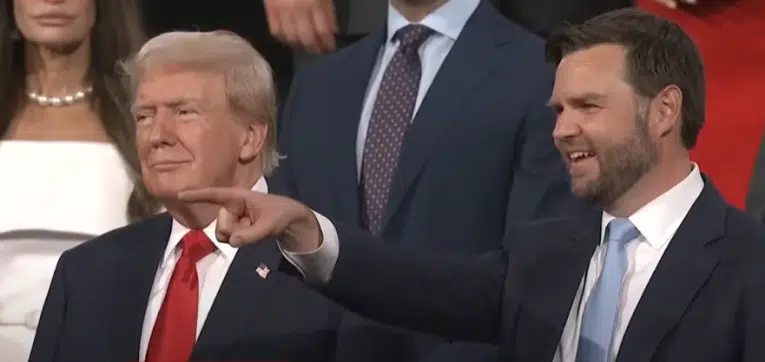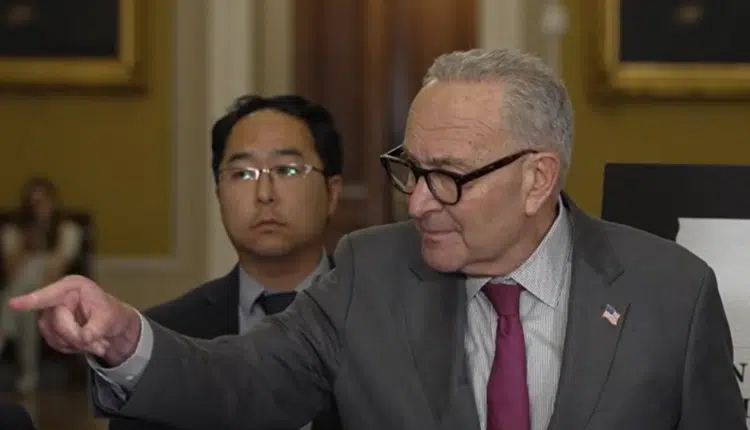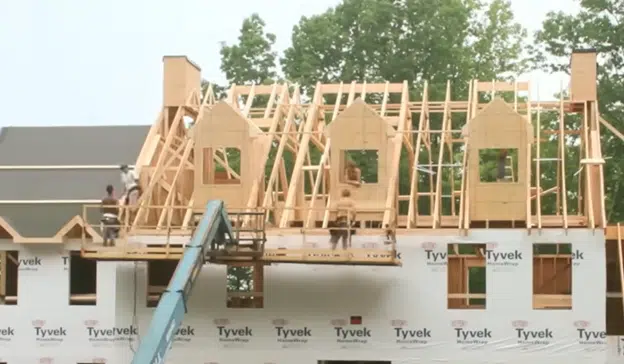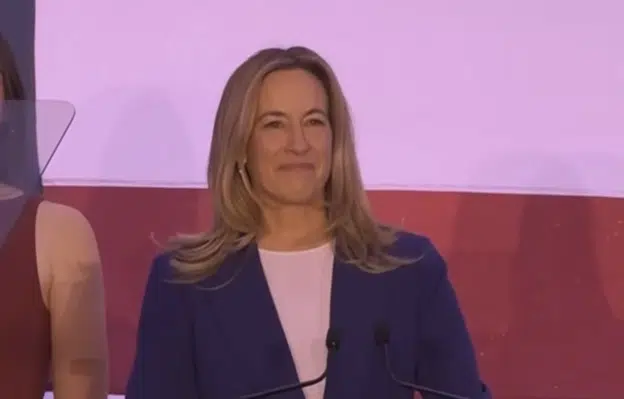The 2018 fiscal year will end on Sept. 30 but Congress is no closer to achieving key Trump administration priorities including fully funding the southern border wall, something President Donald Trump has been demanding since 2017 and campaigned on extensively in 2016.
So far, both the House and the Senate have passed appropriations bills for Defense, Energy & Water, Interior, Agriculture, Financial Services, Transportation and Housing and Urban Development, Legislative Branch and Military/Veterans. But so far, no wall.
Of those, Energy & Water, Legislative Branch and Military/Veterans have been consolidated into a single bill, H.R. 5895, which is now in conference between the House and Senate.
And Interior, Agriculture, Financial Services and Transportation and Housing and Urban Development have been consolidated into H.R. 6147.
Everything else, including Commerce/Justice/Science, Homeland Security (which includes the wall), Labor/HHS/Education and State/Foreign Operations that have not already passed both chambers are likely to be wrapped up in a continuing resolution at the end of this month.
On one hand, that can be a good thing — or at least a not bad thing —insofar as it gives Congress a little bit more of an opportunity to get those things right.
For example, the Labor-HHS appropriations bill offered in the Senate at the committee level funds the Labor Department at $12.1 billion, $2.7 billion greater than $9.4 billion the Trump administration requested. But it only grants the Office of Labor Management Standards, which polices union corruption, $40.2 million when the Trump administration requested $46.6 million.
So, there would be some time to sort out issues like that so the Trump administration could achieve its funding priorities. But that is also a risky strategy.
Because, on the other hand, it also means none of these items will in all likelihood be addressed prior to the election.
Heck, there are no guarantees that Defense, Energy & Water, Interior, Agriculture, Financial Services, Transportation and Housing and Urban Development, Legislative Branch and Military/Veterans will be addressed before the election either if it is deemed to be too big of a political hot potato.
Meaning Congress could just be looking at one big continuing resolution at the end of the month — and dealing with the real spending bills after the election, when nobody is watching or can make a difference with their votes at the ballot box.
After Sept. 30 and then, after the elections, especially if Republicans lose their majorities in either the House or the Senate, all bets could be off, because here’s what happens then. When it comes to the year-end spending bill, Senate Minority Leader Chuck Schumer (D-N.Y.) will just hold off all major legislation via filibuster and demand another continuing resolution until after Democrats are in the majority and demand new terms.
Which is why President Trump needs to navigate the next month on the continuing resolution deftly. If there’s a chance Republicans might lose their majorities, Trump has to consider that accordingly.
If that means fighting a partial government shutdown and vetoing the bill, the President needs to say that and plot a course. Trump would need one third of either chamber to sustain that veto, or the plan won’t work.
What is clear is this could be one of the President’s last, best opportunities to fund as many of his priorities as he can with Republican majorities, including building the wall. Time’s up.
Robert Romano is the Vice President of Public Policy at Americans for Limited Government.


